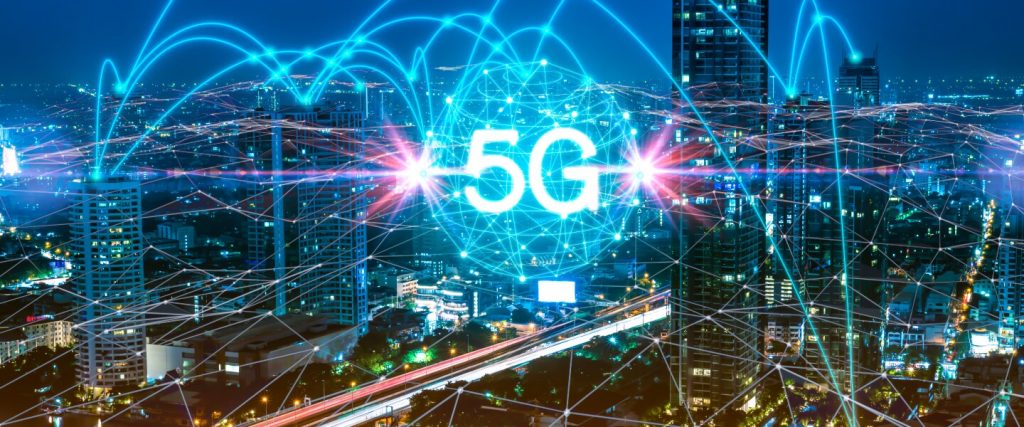New Delhi: The rollout of 5G services can unleash new economic opportunities and help the country leapfrog the traditional barriers to development, spur innovations by startups and business enterprises, and advance the ‘Digital India’ vision, the Economic Survey for 2022-23 said Tuesday.
Tabled in the Parliament by Finance Minister Nirmala Sitharaman, the Survey said that 5G could impact consumers directly through higher data transfer speeds and lower latency, “and use cases developed by telcos and start-ups in education, health, worker safety and smart agriculture, among others, are now being deployed across the country”.
“The massive wave of digitisation, increased penetration of smartphones, and adoption of technology have opened the doors for both traditional and new-age sectors,” it said.
Currently, telcos like Reliance Jio and Airtel are fast rolling out 5G services across the country.
Reliance Jio Tuesday announced the launch of its True 5G services across 34 additional cities. With this, Jio users across 225 cities are now enjoying Jio True 5G services.
However, according to the Economic Survey, the journey is far from complete, and a lot remains to be accomplished to realise its true potential.
“As a major reform measure, the Indian Telegraph Right of Way (Amendment) Rules, 2022, will facilitate faster and easier deployment of telegraph infrastructure to enable speedy 5G rollout. The government has brought in procedural reforms in Wireless Licensing, including delicensing of various frequency bands to promote innovation, manufacturing and export,” it read.
The National Frequency Allocation Plan 2022 (NFAP) provides a broad regulatory framework, identifying which frequency bands are available for cellular mobile services, Wi-fi, sound and television broadcasting, radio navigation for aircraft and ships, and other wireless communications.
“NFAP will give guidance to the users of the spectrum to plan their networks in accordance with the relevant frequency and parameters provided therein. Given that spectrum is a scarce resource, NFAP is useful in aligning spectrum usage with demands from emerging technologies in an efficient manner,” the Survey noted.
India currently has around 35 per cent of its towers fiberised for 5G and the backhaul infrastructure will cost a whopping Rs 3 lakh crore over the next 4-5 years, according to rating agency ICRA.
IANS
